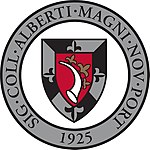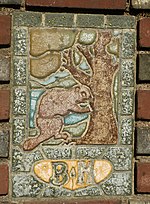Highwood, Hamden

Highwood is a neighborhood in the south-central portion of the town of Hamden, Connecticut. It is primarily residential, with a mixture of small apartment buildings and single-family, two- and three-family homes. Commercial development is concentrated on its principal street, Dixwell Avenue. Immigrants from Germany were the first to settle the area extensively in the 1860s, followed by others from Ireland, Italy, and Eastern Europe later in the nineteenth century. Today it is predominantly African American.There are no officially established boundaries for the neighborhood. One map has it bounded on the north by Helen Street and Putnam Avenue, on the east by Newhall Street, on the south by the New Haven city line, and on the west by Fitch Street and Fairview Avenue. The census tract with GEOID 09009165500, corresponding closely to these boundaries, had a population of 4,959, as of the 2010 census. Several other names have been given to the neighborhood. The German immigrants named it Hamburg after the city in their homeland. It was given the Highwood name in 1888 by its first postmaster, Daniel Visel, while looking at tall trees through the window. It is also known as South Hamden, and its eastern portion has also been called Newhall; however, it should not be confused with the adjoining Newhallville neighborhood in New Haven.
Excerpt from the Wikipedia article Highwood, Hamden (License: CC BY-SA 3.0, Authors, Images).Highwood, Hamden
2nd Street,
Geographical coordinates (GPS) Address Nearby Places Show on map
Geographical coordinates (GPS)
| Latitude | Longitude |
|---|---|
| N 41.343 ° | E -72.936 ° |
Address
2nd Street 30
06514
Connecticut, United States
Open on Google Maps





